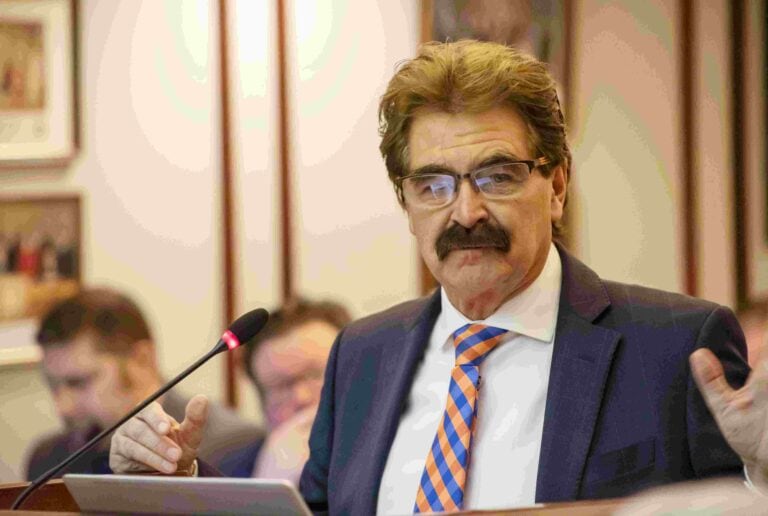Robin Jinchereau
Special to The Lake Report
Most of us are aware that carbon emissions are increasing globally and this results in global climate change.
The International Energy Agency in its 2021 annual report estimates global energy-related carbon dioxide emissions will have their second-largest ever annual increase as Asian countries will increase their coal use by 50 per cent to allow them to produce the goods that we will consume when we eventually exit the pandemic.
If we committed to reusing items that we normally throw away, we could potentially reduce our carbon footprint by 50 per cent.
The Niagara Region waste management authority in its latest waste audit in August 2020 said half of what gets put into a garbage bag could go into the green bin.
In fact, the Ontario government estimates that as a province we produce 3.5 million tonnes of garbage per year – enough to fill the Rogers Centre five times.
Reducing organics in our waste would mean that less methane is produced and this would lower the rate at which climate change occurs. Most of the stuff that goes into green bins gets composted and reused within our region.
Sweden has one of the lowest waste levels in the world. According to that country's waste management agency, from 1975 to 2019, the Swedes increased the recycling of their waste to 99 per cent from 38 per cent. This has allowed Sweden to be a net importer of garbage from the European Union.
From each tonne of garbage the Swedes import (and they get paid $43 USD to import it), they biologically recycle 15.5 per cent, while 33.8 per cent goes to material recycling and 50.2 per cent is used for energy recovery. Their estimate is that for each one tonne of waste recycled, they reduce carbon dioxide emissions by 500 kilograms.
If Ontario adopted Sweden's methodology we could reduce our carbon dioxide emissions by 875,000 tonnes annually. This would have a definite impact on slowing climate change. In part this is why the new U.S. President Joe Biden has embarked on a campaign of trying to drive green energy.
As well, consider buying a battery-operated car. According to Natural Resources Canada, the cost of a Honda Accord 1.5L gas car is about $26,000. It costs about $1,500 per year to buy gas to cover 20,000 kilometres, the car emits 214 grams of CO2 per kilometre driven.
The same car with a battery engine (EV car) is priced at about $45,000. It costs about $500 to charge it to drive 20,000 kilometres but the CO2 emissions are zero.
While the upfront cost of an EV car after subsidies of $7,500 is about $11,500 higher, if you take into account lower annual fuel and repair costs, it is estimated that the cost break even point is between eight and nine years. But you reduce your carbon footprint by 28 tonnes of CO2.
Over the next few weeks, I will explore how you could reduce your impact on global climate change – and perhaps create a better world for your children and your grandchildren by curbing your waste levels.
We'll look at how to reduce, reuse and recycle with a goal to try to get you to reduce your waste level from two garbage bags every two weeks to one small kitchen bag every garbage day.
* Niagara-on-the-Lake resident Robin Jinchereau has degrees in human biology and business administration. He is retired from a long career in the pharmaceuticals industry and has been fascinated for the last 45 years about how to reduce waste.








